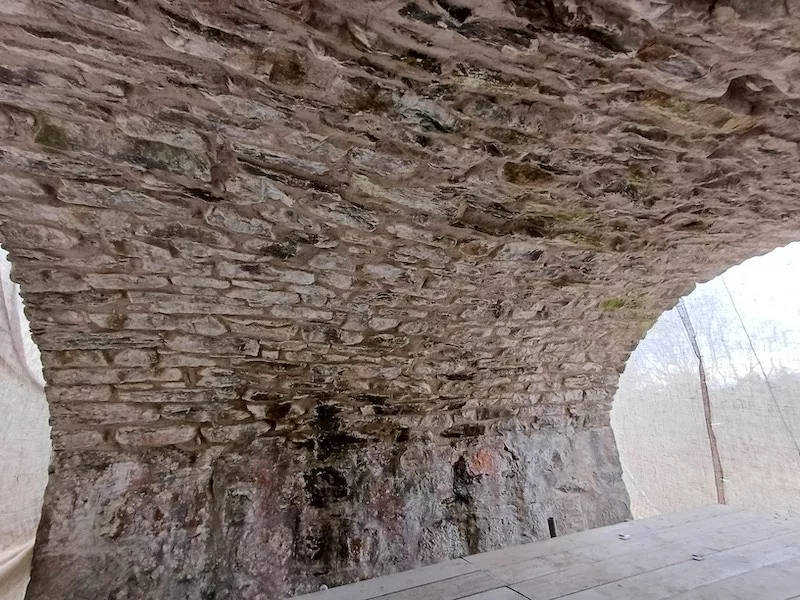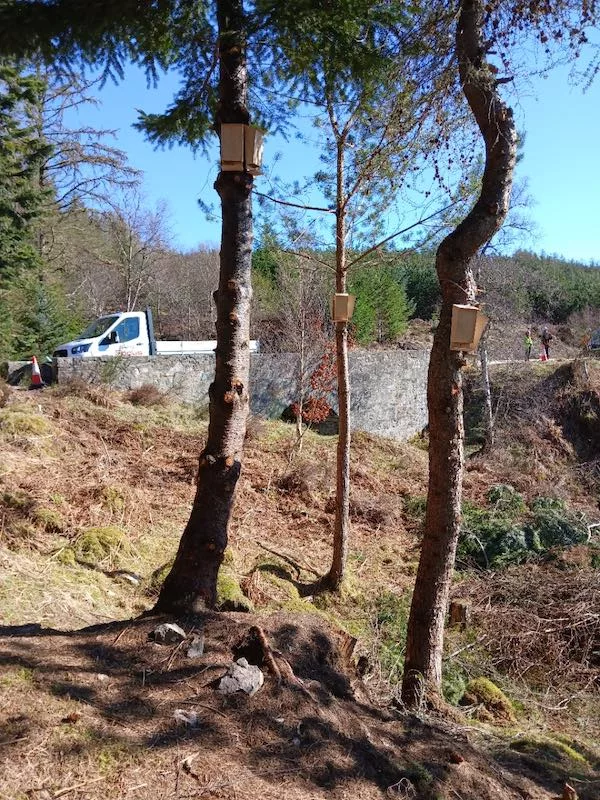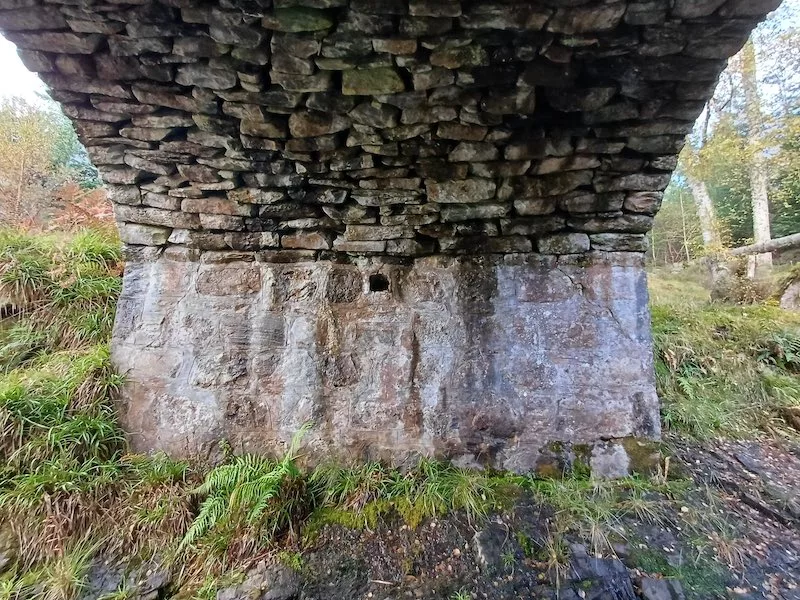In the quiet depths of Rosehall Forest, two modest stone bridges have been given a painstaking two‑year restoration, not just for people, but for the tiny bats that call them home.
Forestry and Land Scotland began work after discovering the bridges were no longer safe for heavy machinery needed to harvest nearby timber.

What started as a straightforward repair became a delicate balancing act between engineering and ecology.
During inspections, ecologists found colonies of pipistrelle and Myotis bats tucked into the cracks and cavities of the old masonry.
These bridges, used daily by walkers and cyclists along a well‑loved Core Path, had unknowingly become vital roosts for the nocturnal mammals.
In the UK, all bat species and their roosts are strictly protected by law.
Disturbing them or even blocking access to a roost is a criminal offence without special permission.
Work could not begin until a licensed bat surveyor completed months of careful studies, mapping roost entrances with infrared cameras and monitoring the bats’ comings and goings through echo‑location recordings.

Nine separate exit and entry points were recorded, proving just how important the bridges had become to the local population.
Colin Leslie, Environment Adviser with Forestry and Land Scotland, says the discovery completely changed the pace of the project.
“Once we knew bats were present, every decision from that point had to factor in their safety,” he explains.
“The law is clear, but beyond that we felt a moral duty too.
“These are fragile species that depend on old structures like this to survive.
“We couldn’t simply sweep them aside.”
A detailed mitigation plan was drawn up with NatureScot, which included installing alternative roost boxes nearby and fitting temporary exclusion curtains to guide bats to their new homes.
Even when repairs finally began, care was constant.
Old cement mortar, which had caused more damage over time, was carefully removed and replaced with lime mortar, a traditional method kinder to the ancient stonework.
Every night, fresh cavities were covered to prevent bats slipping back in.
Every morning, damp hessian sheets were checked to ensure the new mortar cured slowly and properly.
Once the structure was sound, engineers flushed the bridges with liquid grout to stabilise them from within, a process that takes two full weeks to set.
Anna Torode, Civil Engineer for Forestry and Land Scotland, says the project was unlike any she has worked on before.
“The bridges were in such poor condition, severe scaling, missing mortar, cavities everywhere,” she says.
“But the presence of bats transformed it from an ordinary engineering job into something quite special.
“It became about coexisting, about making sure the forest stays a home for wildlife as well as people.”
She adds that this approach is becoming more common.
“We’re finding bats in more places than ever, under bridges, in old culverts, even in disused buildings in forests.
“It’s a privilege to protect them, even if it takes a bit longer.”
The final step will see the carriageway retarred later this month, opening the route once more for timber machinery and for those who simply enjoy walking through the forest.
For locals, the bridges are more than infrastructure, they are part of a cherished landscape.
“It has been a lengthy operation, over two years, but protecting wildlife is part and parcel of everything we do,” says Anna.
“Knowing we’ve balanced the needs of the community with the needs of the bats makes this work worthwhile.”
The restored bridges now stand as a quiet reminder that even the smallest residents deserve space in Scotland’s wild places.





